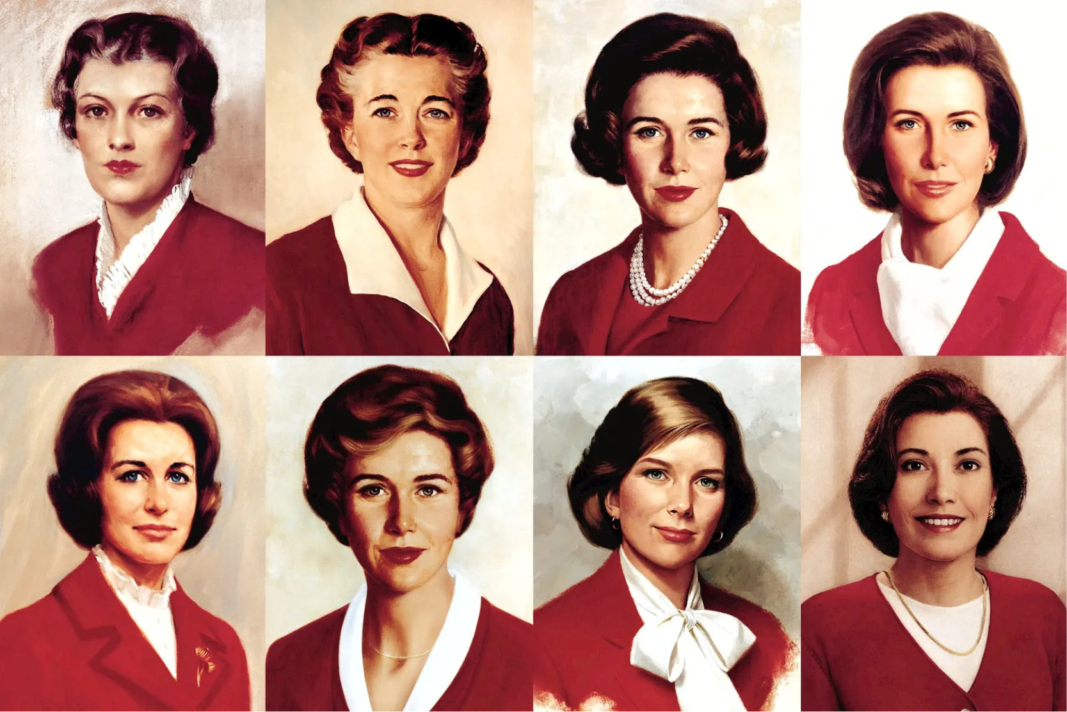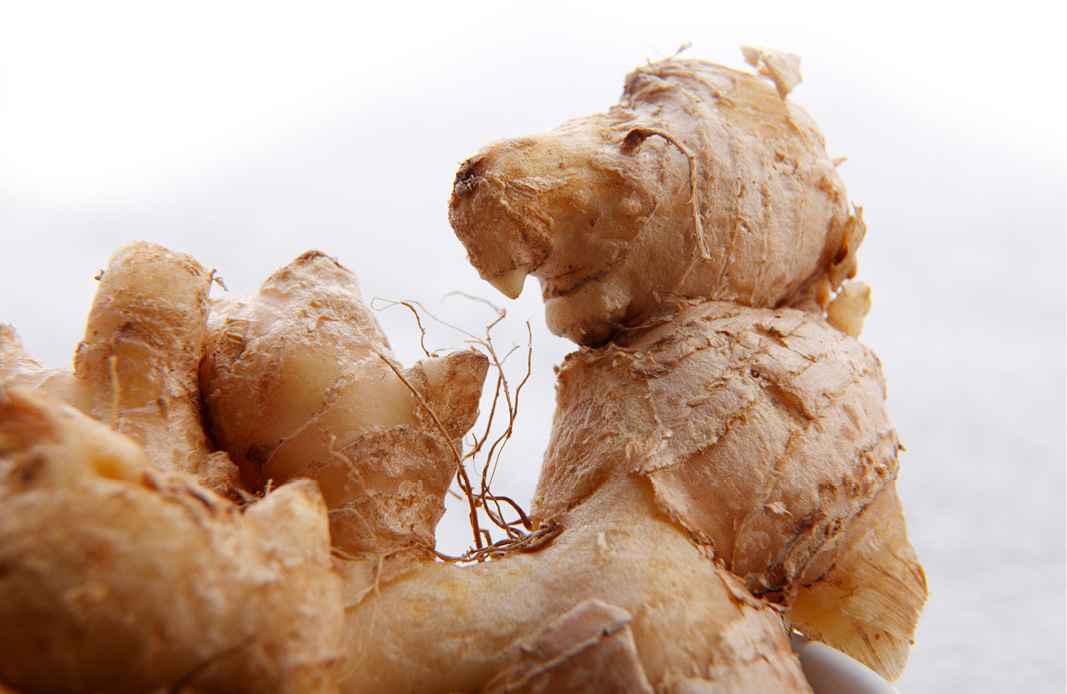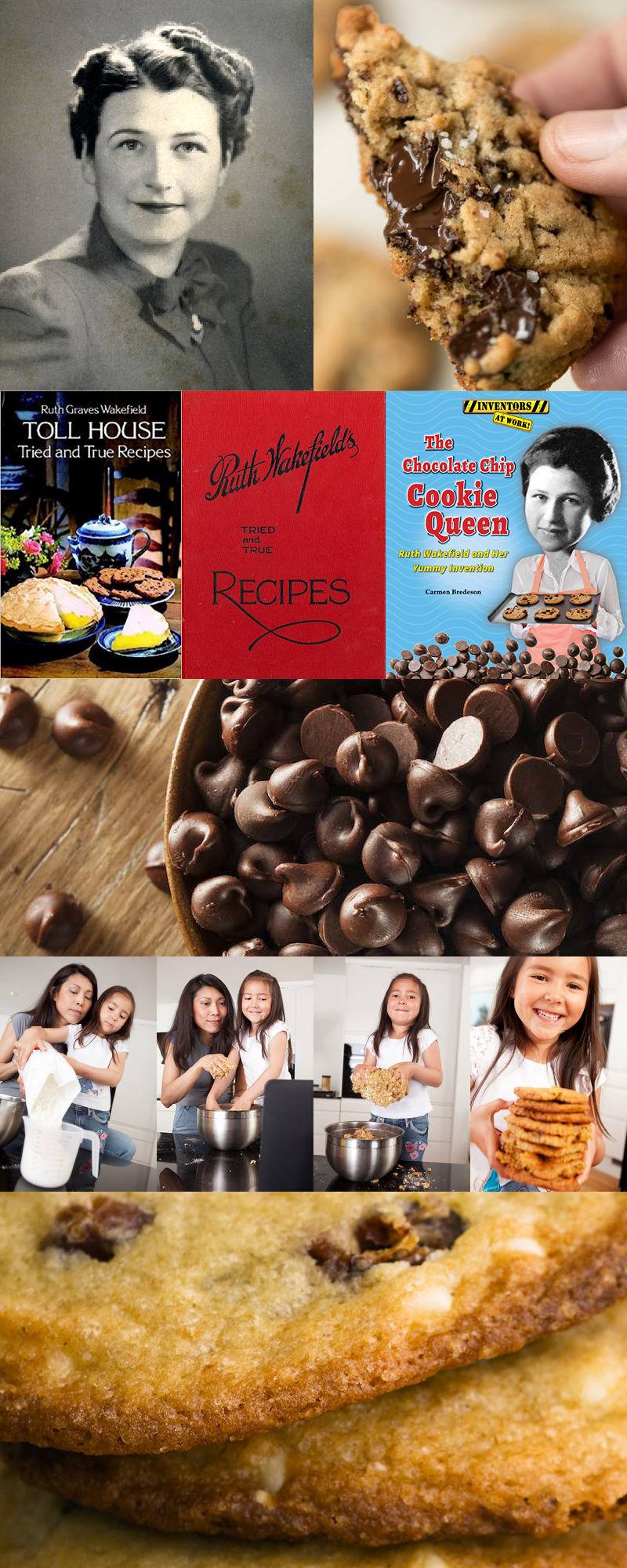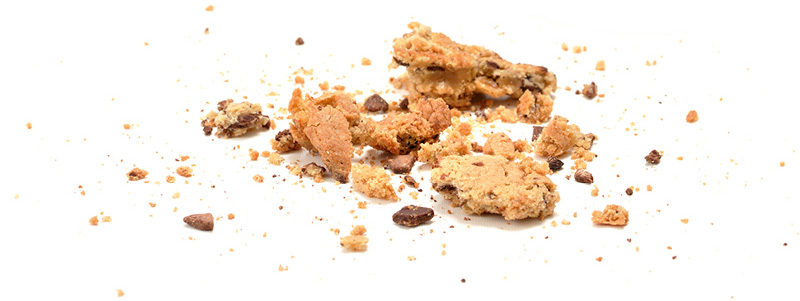Betty Who?

Cakes and cookies and smiles, oh my!! :))))
When Jackie and I set out to do some cooking, we’re often inspired by a story or post from the internet sent over to us from family and friends – 10 Great Summer Salads, How To Grill Salmon with Lemon, Fun Backyard Appetizers and so on. After looking at all of these I needed to go get a snack! Every once in a while, we refer to a cookbook… for my younger readers out there, it’s a bound book/binder with recipes organized by food types, sharing ingredients, steps, and different ways to prepare food. Like most of you I’ll guess, we have “inherited” recipes and cookbooks passed down from our elders. One “classic” is our Betty Crocker cookbook – still has the red and white gingham design and image of Betty herself. Before Betty Crocker was synonymous with boxed cake mix and canned frosting, she was a kitchen confidante, a trusted “mom” presence in kitchens across America. She was the “Dear Abby” (another famous voice of reason and help.) of cooking, a woman people could trust with their most frustrating kitchen woes. To this day, in kitchens around the world, chefs turn to their Betty Crocker cook “book” or online for help, ideas and answers. I did some digging and found fun info and trivia to share – thanks to pbs.org ToriAvey, interestingfacts.com, Wikipedia for the info and lastingredient.com, tasteofhome.com and insanelygoodrecipes.com for the recipes. Enjoy, and be sure to whip up some kitchen delights for your next meal.
- Some personalities are born… others are cooked up (couldn’t resist that one!). Betty Crocker isn’t actually a real person. She is the brainchild of an advertising campaign developed by the Washburn-Crosby Company, a flour milling company started in the late 1800’s that eventually became General Mills. Gold Medal Flour, a product of Washburn-Crosby, helped to kick-start Betty’s career. History Here

Betty Crocker thru the years.
- Betty was born in 1921, when an ad for Gold Medal Flour was placed in the Saturday Evening Post. The ad featured a puzzle of a quaint main street scene. Contestants were encouraged to complete the puzzle and send it in for the prize of a pincushion in the shape of a sack of Gold Medal Flour.
- The response was overwhelming; around 30,000 completed puzzles flooded the Washburn-Crosby offices. Many of the completed puzzles were accompanied by letters filled with baking questions and concerns, something the Washburn-Crosby Company hadn’t anticipated. Previously, the company’s small advertising department had dealt with customer mail and questions. The department manager, Samuel Gale, and his all-male staff would consult the women of the Gold Medal Home Service staff with customers’ baking and cooking questions.
- Gale never felt completely comfortable signing his name to this advice, as he suspected that women would rather hear from other women who knew their way around a kitchen. The pile of questions pouring in from the puzzle contest reinforced the need for a female cooking authority, somebody who could gracefully answer any kitchen questions that customers might have. The department’s answer to this issue was to invent a female chief of correspondence, a fictitious woman they named Betty Crocker.
- The last name, Crocker, came from the recently retired director of Washburn-Crosby, William G. Crocker. Betty was chosen as a first name for its wholesome, cheerful sound. Samuel Gale asked the female employees of Washburn-Crosby to submit what they thought should be used as Betty Crocker’s personal signature. The winning signature was penned by a secretary named Florence Lindeberg. Her Betty Crocker signature was used at the closing of each response to all letters regarding baking, cooking and domestic advice.
- In 1924, Betty went from signing letters to having a real voice when Washburn-Crosby began airing a cooking radio show, the Betty Crocker Cooking School of the Air, first on Minneapolis radio station WCCO and then nationwide. The first voice of Betty Crocker belonged to a home economist named Marjorie Child Husted, the writer and host of the show. In 1951, Washburn-Crosby put a face to the name and the voice when they hired actress Adelaide Hawley to act as Betty on television. Hawley was the first of many women to play the Betty Crocker role.
- Among the longest-running radio broadcasts in U.S. history, “Betty Crocker Cooking School of the Air” lasted for 24 years, even overlapping with “Our Nation’s Rations,” a 1945 program Betty Crocker (Husted) hosted at the request of the U.S. Office of War Information (the show was devoted to helping home cooks make the most of rationed foods).
- The face of Betty Crocker in print ads and on product labels has been depicted by various artists since the 1920s. In 1936, Neysa McMein created the first official portrait of Betty, a composite painting that blended the facial features of the female staff in Washburn-Crosby’s home service department.
- Since 1955, Betty’s image has been updated seven times. In 1965, she was drawn with a slight resemblance to former First Lady Jackie Kennedy. Despite the periodic changes, she never appeared to age much in fact, a woman’s magazine pointed out that she seemed to remain an ageless 32. For her 75th anniversary in 1996, painter John Stuart Ingle gave her an olive skin tone that could belong to a wide range of ethnicities. Ingle created this version of Betty by digitally morphing photographs of 75 women that General Mills felt embodied the characteristics of Betty Crocker.
- Betty Crocker’s first namesake grocery item was a soup mix, which became available in 1941. Her famous cake mix appeared on store shelves in 1947, and the bestselling Betty Crocker’s Picture Cook Book was published in 1950. It is still being sold today, millions of copies later, under the title The Betty Crocker Cookbook. In an effort to keep Betty current, she also has a website that features recipes, advice, gifts and more.
- Today, Betty Crocker groceries are sold on every continent except Antarctica, with over 200+ varieties of products – supported by the all-time best seller “Betty Crocker’s Quick and Easy Cookbook – over 63 million sold!
- Annual sales of Betty Crocker products today is north of $1.5 billion. The best-selling item is Chocolate Fudge Icing in a plastic container… oh my, where’s my spoon!!, followed by Devil’s Food Cake (Devil’s food cake originated in the second half of the 19th century. Why? Simply put, it was created in reaction to angel food cake, which had come on the scene in the 1830s. Bakers wanted a dark-colored cake in opposition to the white, airy angel food cakes that were so popular in America at the time – now you know :-).
- (I never knew that…) Hoping to sell more flour, General Mills — Betty Crocker’s parent company — entered the cake mix industry in 1947. All of the brand’s early mixes included powdered milk and eggs, meaning customers only needed to add water. Cake mix sales doubled between 1947 and 1953, the period when Pillsbury — a future General Mills property — also entered the market. However, sales increased only 5% from 1956 to 1960. To improve on this disappointing data, General Mills sought help from Ernest Dichter, a Vienna-born psychologist, marketing consultant, and author who popularized focus groups. Based on his interviews with housewives, Dichter determined that the women felt guilty and self-indulgent when they relied on these simple cake mixes. He proposed tasking home cooks with providing their own eggs, so they could feel like they’d contributed to the final dish. Thus, Betty Crocker omitted the powdered eggs from their recipes, heralding the change with the slogan, “Add an egg.” and sales figures began to soar once again.
::::::::::::::::::::::::::::::::::::::::::::::::::::::::::::::::::::::::::::::::::::::::::
DO YOU LIKE CONTESTS?
Me, too.
As you may know the Kowalski Heat Treating logo finds its way
into the visuals of my Friday posts.
I. Love. My. Logo.
One week there could be three logos.
The next week there could be 15 logos.
And sometimes the logo is very small or just a partial logo showing.
But there are always logos in some of the pictures.
So, I challenge you, my beloved readers, to count them and send me a
quick email with the total number of logos in the Friday post.
On the following Tuesday I’ll pick a winner from the correct answers
and send that lucky person some great KHT swag.
So, start counting and good luck!
Oh, and the logos at the very top header don’t count.
Got it? Good. :-))))
Have fun!!
::::::::::::::::::::::::::::::::::::::::::::::::::::::::::::::::::::::::::::::::::::::::::








